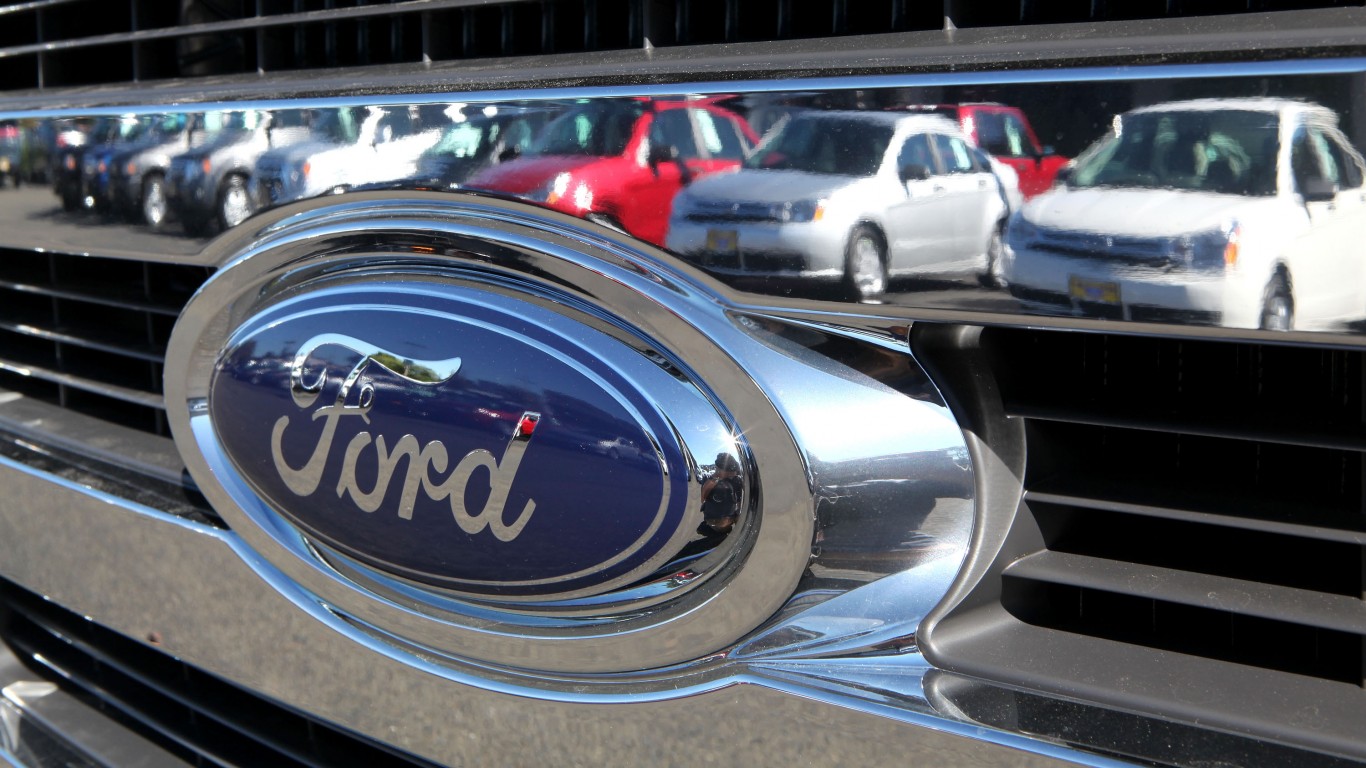
No one outside AT&T Inc. (NYSE: T) is likely to call the company’s May 27 launch of HBO Max a rousing success. Consumers, who have a lot on their minds these days, were underwhelmed by the long-awaited launch.
Mobile metrics firm SensorTower reported about 90,000 HBO Max app downloads on launch day, less than a third the number of downloads for short-form video app Quibi. After a month, Quibi had rounded up about 3.5 million downloads, of which about a third were active users. If HBO Max follows a similar path, AT&T could be in real trouble.
A spokesperson for WarnerMedia, the AT&T division that runs HBO Max, disputed the number but did not offer an alternative, according to Bloomberg. AT&T stock dropped about 3% in trading on May 28 and closed the week about 0.1 points above its closing price on the day before the launch.
No Noise Is Not Good News
The day after the launch, AT&T issued a press release with the heart-thumping news that the company had closed the sale of €3 billion in debt and settled $12.5 billion in other debt. The company was using the proceeds to prepay coming maturities. No word about the launch of HBO Max.
Compare that to the Walt Disney Co.’s (NYSE: DIS) launch of its Disney+ streaming service. The day after the November 2019 launch of the service, Disney announced that it had received 10 million subscribers on launch day. Disney also achieved an estimated 4 million app downloads on the day of the Disney+ launch.
To be fair, AT&T’s cable TV subscribers will get the service free if they already subscribe to HBO. Subscribers to some other services also will receive the new service free. The number of downloaded apps probably represents a small percentage of consumers who now have access to HBO Max. Still, the small number represents something of a public relations train wreck.
Craig Moffett, of media research firm MoffettNathanson, said on a Friday conference call with subscribers to the firm’s service that the launch of HBO Max was a “failed opportunity.”
Failed Distribution Deals Added to the Problem
AT&T finally managed to sign a distribution agreement with Comcast Corp. (NASDAQ: CMCSA) for Comcast to offer HBO Max on its Xfinity service. The telecom giant, however, failed to come to terms with two major players in the streaming video world: Roku Inc. (NASDAQ: ROKU) and Amazon.com Inc. (NASDAQ: AMZN).
Amazon, which carries HBO among its Prime channels, said in a statement: “We believe that if you’re paying for HBO, you’re entitled to the new programming through the method you’re already using. That’s just good customer service and that’s a priority for us.” Amazon claims 150 million subscribers, about 90 million to 95 million of whom are Americans.
Roku believes that its reach is a strength that AT&T should be willing to accommodate: “We are focused on mutually positive distribution agreements with all new OTT [over-the-top] services that will deliver a quality user experience to viewers in the more than 40 million households that choose Roku to access their favorite programs and discover new content.”
For its part, AT&T commented: “We look forward to reaching agreements with the few outstanding distribution partners left, including with Amazon and on par with how they provide customers access to Netflix, Disney+ and Hulu on Fire devices.”
A Trojan Horse
What Amazon and Roku do not want to see is HBO Max as a gateway to a standalone streaming service. Both are sophisticated enough to know that ultimately that is what AT&T plans for HBO Max. If they are going to allow a Trojan horse into their castles, they expect to negotiate a deal that prevents AT&T from pulling out without some serious compensation.
If HBO Max was planning to be just a piece of a multiparty video streaming service like Prime or Roku, why make the effort to build an app and promote it heavily with a ton of new content? HBO had a nice distribution deal going with Amazon and Roku without an app.
The answer, of course, is that disaggregated streaming services give the content owner more profit. An app linked directly to WarnerMedia/HBO means that distribution through channels like Prime and Roku function only as traffic drivers. Once that function has been fulfilled, they become unnecessary.
That would not seem to matter to Amazon, for which streaming video is just one of the many add-ons to its Prime delivery service. But Amazon gets paid every time a Prime Video user clicks on its HBO channel. Those payments will be smaller (and eventually could disappear altogether) if AT&T forces the Prime users to connect through the HBO Max app.
Media research firm Lightshed Partners puts the issue thus: “In essence, any Amazon channel store involvement is an interim step to full freedom one day, which will be made easier as HBO Max subs grow and HBO Max exclusive content expands.”
Who Will Blink First?
In the world of traditional cable/satellite pay-TV services, HBO was a premiere driver of subscriptions to those services. In the era of cord cutting and free, ad-supported service tiers, HBO has to think differently about how to add new subscribers long term.
Nearly three-quarters of Americans between the ages of 18 and 34 either have cut the cord to cable/satellite service or never subscribed in the first place. More than half of all Americans over the age of 55 fit the same description.
To win in that environment, AT&T has to look at offering its programming directly to consumers without an intermediary like Amazon or Roku. When Disney+ launched on Apple TV+ last year, the new Disney channel looked like a standalone. The Apple TV+ gateway has now served its purpose, so when users click to play a movie, the Disney+ app is launched.
Disney+ has been successful at offering subscribers disaggregated content, primarily due to the strong Disney brand that has been built up over the decades. Apple TV+, which is just getting started producing its own content, is a bit of a hybrid because it also offers an HBO channel (among others) that will be converted to an HBO Max subscription.
AT&T may be in no particular hurry, choosing instead to hold its ground for the present to see if it can jump-start more signups on its own before caving into either Amazon or Roku. The company may believe that HBO is a strong enough brand to hold its own with the likes of Amazon and Roku.
Yet, AT&T’s deals with other aggregators have muddied the message going out to consumers who can be forgiven for not knowing the difference between HBO Go, HBO Now and HBO Max. Not only that, but why would that consumer want any of them at a price that is three times higher than Disney+ is?
Travel Cards Are Getting Too Good To Ignore (sponsored)
Credit card companies are pulling out all the stops, with the issuers are offering insane travel rewards and perks.
We’re talking huge sign-up bonuses, points on every purchase, and benefits like lounge access, travel credits, and free hotel nights. For travelers, these rewards can add up to thousands of dollars in flights, upgrades, and luxury experiences every year.
It’s like getting paid to travel — and it’s available to qualified borrowers who know where to look.
We’ve rounded up some of the best travel credit cards on the market. Click here to see the list. Don’t miss these offers — they won’t be this good forever.
Thank you for reading! Have some feedback for us?
Contact the 24/7 Wall St. editorial team.
 24/7 Wall St.
24/7 Wall St.



